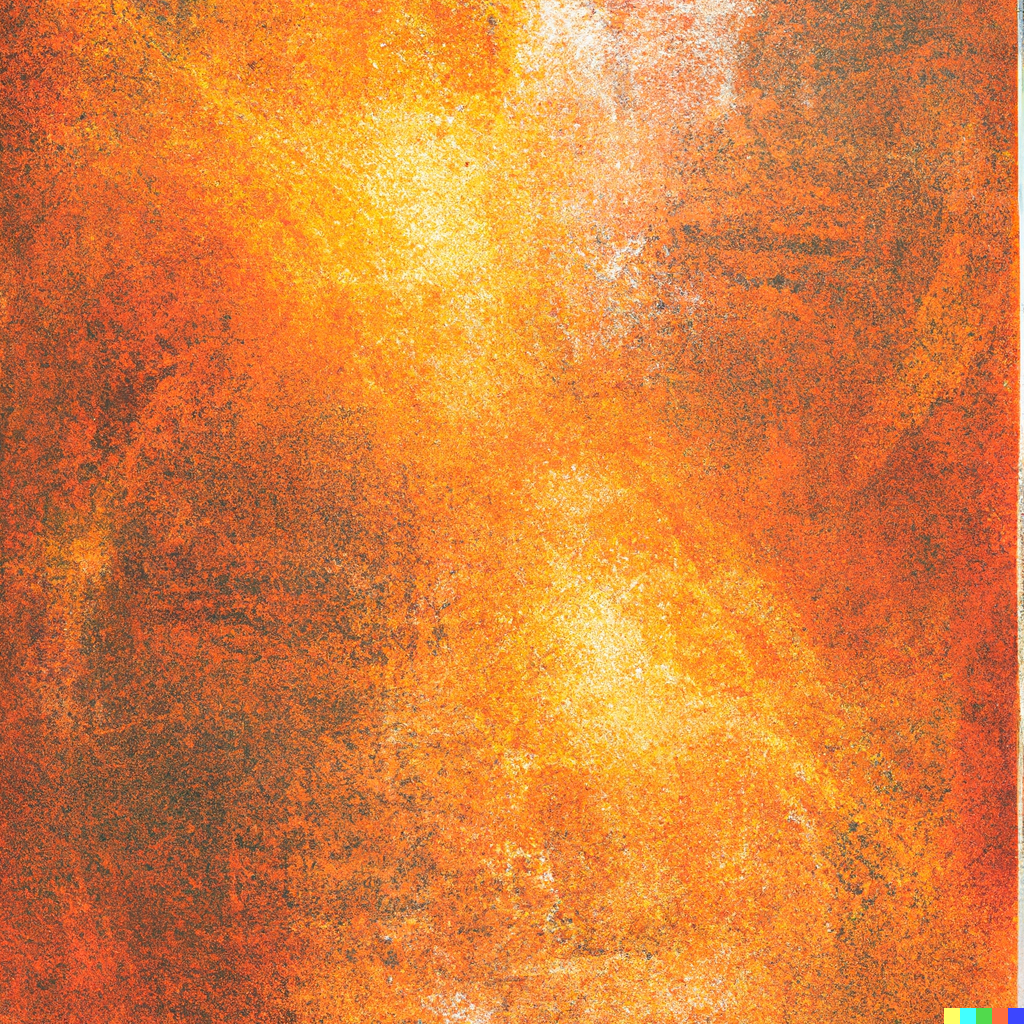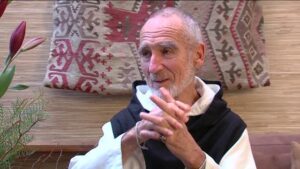by Amy Edelstein
I grew up in the house of a scientist. My father, a particle physicist, was an experimentalist as well as a professor. He loved to observe and map minuscule things and explain what it all meant. From the earliest age, I learned that what you can observe, measure, and repeat defined the contours of how the world was put together and the map of further discovery. I loved all that. I loved going to the big labs, in awe as cavernous rooms revealed the outsides of inscrutable machines that seemed to hold the secrets of the universe. My little fingers tried to read the mysteries as I touched the outsides of things, not able to penetrate their insides. My imagination filled in the rest.
While I was shaped in that world of scientism, my inner life, called play as compared with learning, bloomed like a field of wildflowers with all kinds of stories and conversations. Every summer I climbed up my favorite Eastern White Pine and we’d talk. I chattered, the tree whispered back with its rustley needles punctuating conclusive points against the bluest sky. My fabric fawn, to my eyes as soft and camouflaged as a warm blooded one, and I had countless adventures in the woods of my room under the dark forest canopy of a blanket. That inner world was equally mysterious and equally real to me. It revealed so much about life, heart, and a world where everything flowed into each other in a constant stream, all interconnected.
When I discovered the world of mindfulness and meditation, of observing awareness and exploring consciousness, those two worlds of my childhood melded. I watched and observed and repeated. I noted and was patient and drew conclusions. I also felt my way into mysteries and intimations of a world different from the linear, one that revealed the flow and interconnection of things. It invited participation by showing that I was at once the seer, doing the seeing, and not separate from the seen which was arising in my own mind and field of perception. No hard lines between all three.
What did all that mean? What did it mean about the way I was so used to dividing things up? How did that change my sense of belonging in the world?
Mindfulness is about observation and discovery. The mistake many of us make is to sit back from what we observe, separating ourselves, isolating various thoughts, feelings, revelations, even extraordinary ones. The result is often agitation, irritation, and a lack of closeness with self and world. Our contemporary culture is so shaped by the scientific method that without thinking twice, we apply it to understand new experiences, not realizing that that very approach can render invisible the new insights we seek.
Perhaps this is why mindfulness is proving to be such an antidote to the anguish of our times. It doesn’t ask us to reject our way of observing and seeing. It asks us to take our scientific method more seriously, more deeply, and turn it to question not only what we are observing but the subject, the observer itself. We don’t need to reject what we know, rather we are called to approach our experiment freshly, removing pre-drawn assumptions and blinders. That is, after all, the heart of good experiments.
While working with what is familiar to us, mindfulness also points to a different way of seeing and knowing, of closeness that is so close, there is no dividing between things. Everything is interconnected, interrelated at such a level that under subtle observation we see that nothing truly exists alone or outside of everything else. Physicist David Bohm’s implicate order sought to explain that wholeness in a manner familiar to both scientists and lay people, revealing an intimacy that speaks to a cure for our malaise of loneliness and isolation. Shifting our frame of reference and interpretation can shift our understanding. Shifting our understanding can shift our mental state and conclusions, our emotions, and our willingness to see and experience ourselves and the world differently.
We may not need a cure for scientism. We may need to apply it more rigorously and open-endedly, so that our mindful awareness can open up worlds to us and allow our rich inner life and our participation with the world around us to flower anew.



